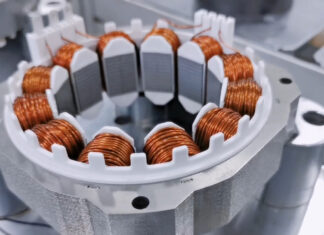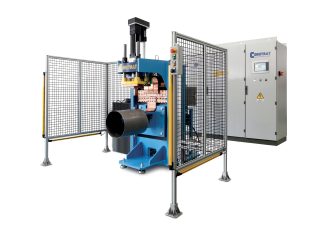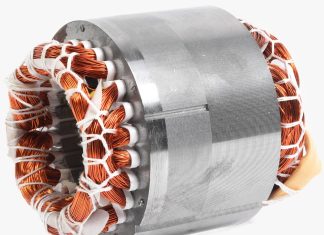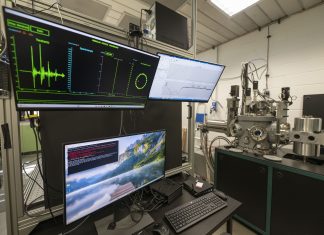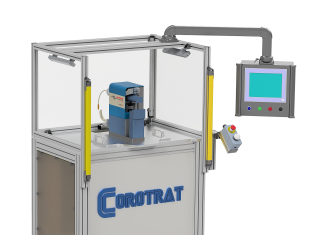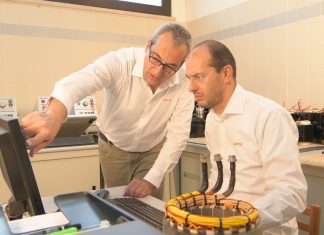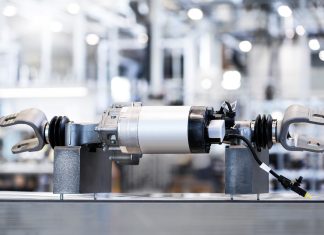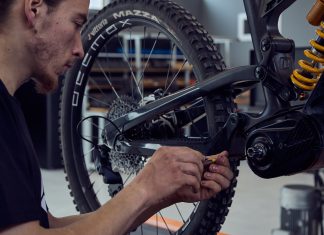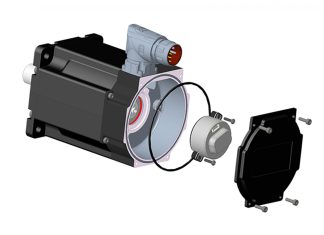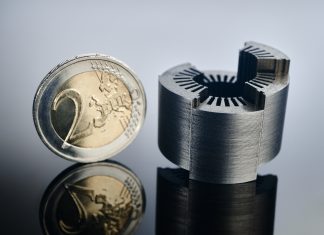A reliable partner in Europe for electric motor manufacturing
Strategically located in Turin, NIDE Wintech is the European subsidiary of the NIDE TECH (Ningbo, China), a global producer of overall solutions for motor intelligent manufacturing, focusing on various motor stator, rotor,...
Capacitor Discharge Welding: principles, technology and applications
Capacitor discharge welding (CDW) is an advanced joining technique that stands out for its speed, precision and efficiency. Unlike traditional resistance or arc welding, which rely on a continuous power source, CDW...
A partner for electric motor manufacturing
MKM Machinery, headquartered in Palazzolo sull’Oglio (Brescia, Italy), is a specialized manufacturer of advanced solutions and machines for the production of electric motors, automotive motors, brushless motors, alternators and slip-ring rotors and...
Alternative materials to rare earths? RARA Factory spinoff makes it possible
The new RARA Factory laboratory has officially opened in Venice. It is Italy's first company solely focused on researching, developing, and prototyping sustainable materials to substitute rare earths and other critical substances....
The power of Ultrasonic Metal Welding
Ultrasonic metal welding for dissimilar materials: principles, technologies, and applications.
Ultrasonic Metal Welding (UMW) has emerged as a powerful solution for joining dissimilar metals, overcoming the challenges associated with...
Webinar | Electric motors: high-performance, co-design and optimization
October 8th at 2,30 p.m.
Developing efficient and reliable electric motors requires an integrated approach between design and production. On 8 October, during a free technical webinar, Fabrizio Bardelli, R&D expert at Came, will...
Rear-wheel steering: a strong solution to meet the mobility requirements of the future
Another successful production launch for Schaeffler’s rear-wheel steering: Since the first quarter of 2025, the Schaeffler plant in Kysuce, Slovakia has been producing the mechatronic steering system for an international automaker from...
The first forged carbon monocoque e-bike frame with a fully integrated power unit
Carbotronics Power Frame: the new industrial standard for electric bikes, forged in carbon
From Italy's Motor Valley to the future of light mobility: Carbotronics launches Power Frame, the first...
New absolute multi-turn encoder
Kollmorgen introduced the new SFD-M (Smart Feedback Device, Multi-Turn). It allows machine builders to achieve high-resolution multi-turn feedback with absolute positioning information available at system startup.
Designed to work...
High expertise in prototypes of stators, rotors and busbars for next-generation motors
Consydera is one of the largest metal and sheet metal processing groups in Europe, composed of four complementary companies: Aussafer Due srl, Laserjet Spa, RAMO srl (all based in Italy), and Hailtec...

